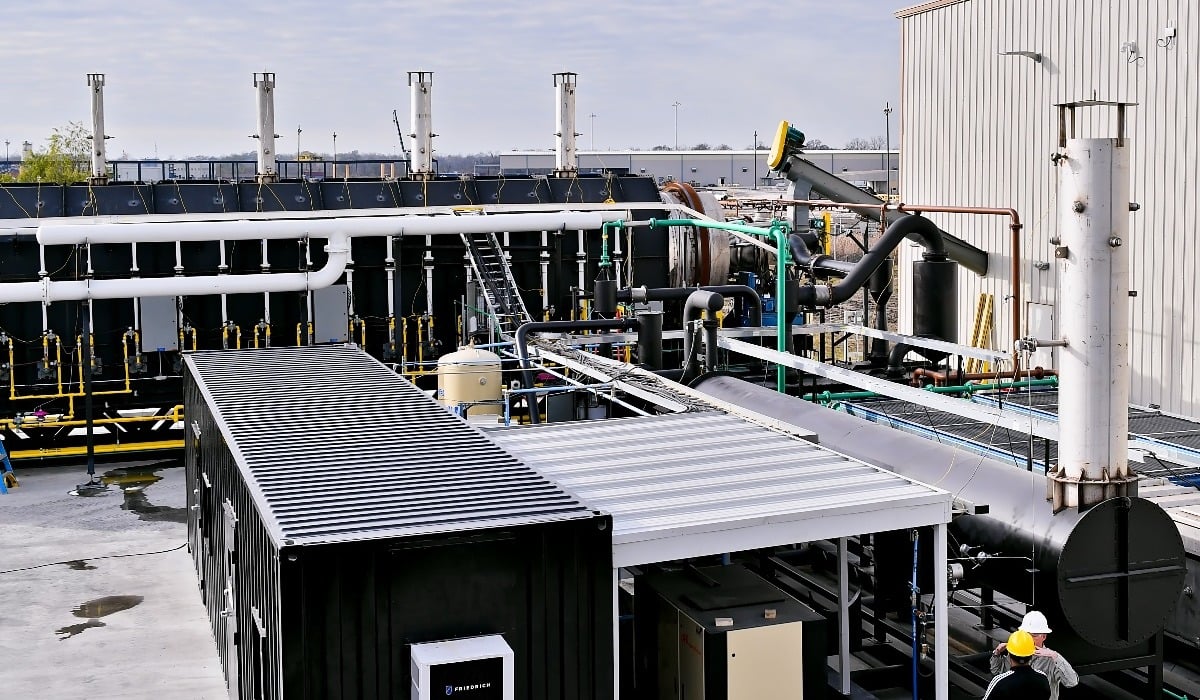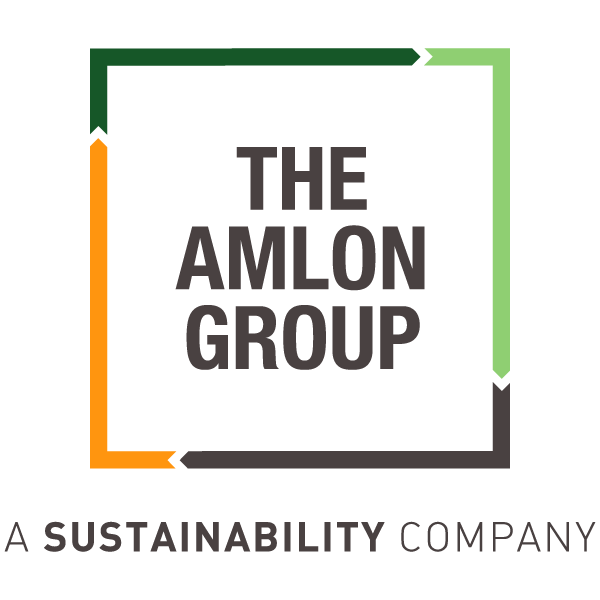4 min read
Everything you need to know about Thermal Desorption Units (TDU)
The Amlon Group
10 February 2023

Innovative reclamation technologies are changing the way oil refineries process materials without onsite disposal or incineration. Thermal Desorption Units (TDU) are now used in many industries to heat contaminated material to a high enough temperature for a long enough time to dry it and vaporize the contaminants from it.
What are Thermal Desorption Units (TDU)?
Thermal Desorption Units (TDU) are specialized pieces of equipment that use heat to remove contaminants from a variety of materials. The contaminated material is placed in the TDU where it is heated to a high temperature for a period of time. This process vaporizes the contaminants, leaving the material clean and dry.
With Thermal Desorption Units, contaminated material is exposed to heat indirectly by contact with a slowly turning drum that is exposed to heat on the outer shell. Vaporized contaminants are separated from the solids in the sludge, resulting in an end product that can be disposed of easily and cost-effectively.
What is Thermal Desorption?
Thermal desorption is a reclamation process followed to separate hydrocarbons from various types of materials. This process uses high heat to reclaim oil and other materials employing a non-contact and non-incineration technology.
Thermal desorption is commonly used to process organic materials such as oil-bearing material from refineries.
How does the process work?
By applying heat to contaminated material, the contaminated material (with low boiling points) are forced to turn into a vapor, vapor that can also be collected and treated in an off gas treatment unit. Removing the wastes allows for contaminated material to be repurposed without any issues of contamination.
Main Process
From feed hopper to Primary Treatment Unit
Stockpiled contaminated material is transferred to a feed hopper mounted on a pugmill of the Primary Treatment Unit (PTU) by a skid loader.
During this stage, the hydrocarbon contaminated feed is placed in the feed hopper, which includes a live bottom feeder. This live bottom feeder is VFD controlled in order to meter the feed into the system. The feed exits a live bottom feeder and travels via the transfer screw conveyor to double knife gate airlock valves. These airlocks prohibit the flow of outside air into the process chamber, allowing the feed material to be introduced into the primary thermal treatment unit into a completely oxygen deficient environment.
PTU and Rotary Kiln
The PTU is a heat zone, indirect fired stainless steel rotary kiln with combustion chamber. This indirect fired rotary dryer has multiple zones, each with independent temperature controls. The drum is heated on the outside in order to maintain the integrity of the feed. Heat is transferred into the feed through conduction as the material is conveyed through the drum.
The operating temperature of the drum is up to 950°F (510°C). The rotary kiln is housed in a combustion chamber with multiple burners. The kiln operates in an oxygen deficient and slightly negative atmosphere.
As the feed is heated, hydrocarbons devitalized from the feed, are pulled out of the system in a counter-current direction to the material flow.
Vapors and Quench Scrubber
The vapor from the PTU is then pulled into a high-efficiency quench scrubber (or oil condenser) that uses oil as the quench liquid (stored and redistributed in the quench oil tank). The quench operates at high temperatures and removes dust particulate, as well as condensing the heavier hydrocarbons in the vapor stream.
On the other hand, the vapor not condensed in the quench scrubber is pulled through the knock-out pot to a heat exchanger. This unit is an air-cooled helical rotary liquid chiller with cooling provided by dual compressor circuits which reduces the vapor temperature to low temperatures.
Fluid from the knock-out pot (the condensed water, oil, and sludge) is pumped through a series of oil/water separator filters. This recovered oil is cooled and pumped to the client's supplied storage tanks.
Secondary Treatment Unit (Thermal Oxidizer)
After passing through the oil condenser, the vapor stream typically contains water vapor and very light hydrocarbons. This vapor is passed through a second stage water condenser in order to knock out water and other condensables.
The condensate from the second stage water condenser is pumped through a cooling loop and into an oil water separator, where residual oils are removed from the water.
Non-condensable gases are pulled from the knock-out pot and pushed into the Secondary Treatment Unit (also known
as the thermal oxidizer) by an induced draft fan where all remaining hydrocarbons are destroyed at temperatures of up to 2,000°F (1,093°C).
The processed solids then exit through a discharge system (which consists of a jacketed screw conveyor to cool the solids and an airlock).
Discharge System and Residual Solids
The residual solids are cleaned to the customer's requested standard, typically determined by regulatory requirements. Residual solids are usually cleaned to less than 1000 H.C. PPM for refinery waste applications and 5000 H.C. PPM for drill cuttings.
Residual solids leave the process chamber and are discharged into a solids cooling conveyor. This cooling conveyor is typically a hydration screw utilizing atomized water to cool the solids before being discharged.
Main Process Components
1. Feed System
The feeder system is typically comprised of a live bottom feeder, incline screw conveyor, knife gate airlock valves, and a kiln feed screw conveyor.
2. Primary Thermal Desorption Unit
The Primary Thermal Desorption Unit (or TDU) is an indirect fired stainless steel rotary kiln with combustion chamber, gas or oil fired burners, gear drive powered by an electric motor.
3. First Stage Oil Condenser
The First Stage Oil Condenser is a oil condenser with tank, spray nozzle, cooling loop.
4. Second Stage Water Condenser
The Second Stage Water Condenser is a condenser comprised of a tank, spray nozzle, and air cooled heat exchangers.
5. Oil Water Separator
The Oil Water Separator is made of steel construction and includes a float level.
6. Polishing Condenser
The Polishing Condenser is a mist eliminator and condenser with tank.
7. Thermal Oxidizer
Gas or oil fired burners and induced draft fan.
8. Discharge System
The Discharge System consists of knife gate airlock valves, and discharge cooling incline conveyor.
References
Thermal Desorption
https://www.geoengineer.org/education/web-class-projects/cee-549-geoenvironmental-engineering-winter-2013/assignments/thermal-desorption
Vulcan Drying Systems Indirect Fired Thermal Desorption Unit. https://vulcandryingsystems.com/wp-content/uploads/2019/04/idr_brochure.pdf
Thermal Desorption Units - https://bcrinc.com/thermal-desorption-unit-tdu/



